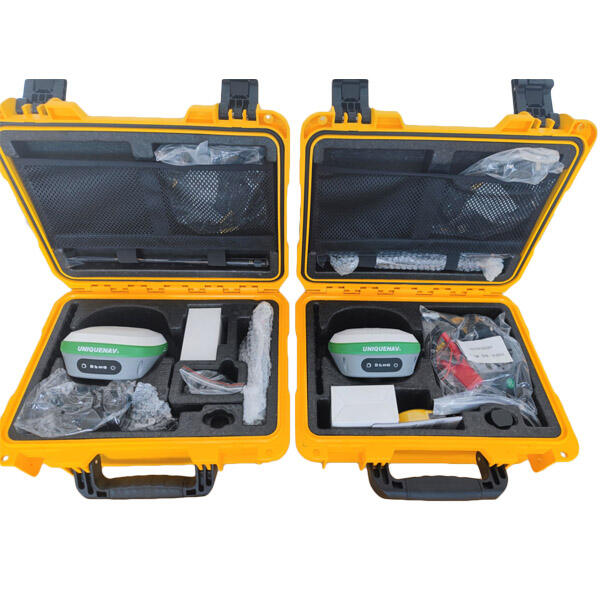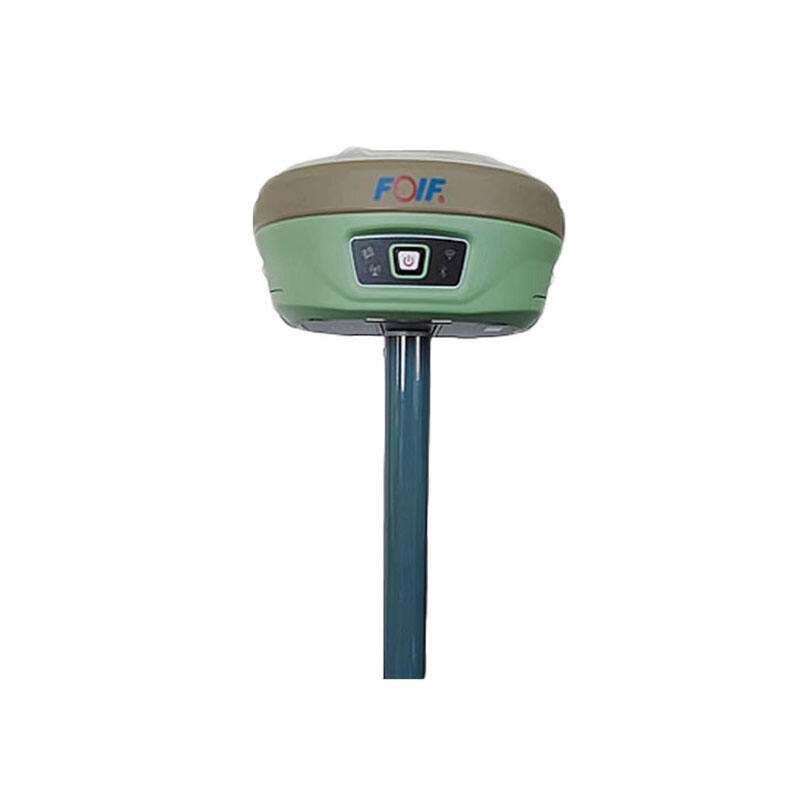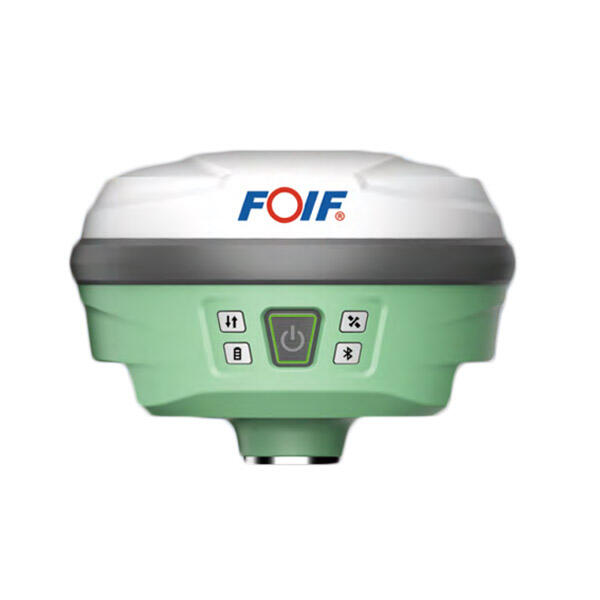gnss rtk gps
GNSS RTK GPS (Global Navigation Satellite System Real-Time Kinematic Global Positioning System) represents a cutting-edge advancement in precision positioning technology. This sophisticated system enhances standard GPS capabilities by utilizing real-time corrections to achieve centimeter-level accuracy. The system works by employing two receivers: a base station at a known location and a rover unit that moves with the user. The base station transmits correction data to the rover, allowing it to calculate its position with exceptional precision. What sets GNSS RTK GPS apart is its ability to process signals from multiple satellite constellations including GPS, GLONASS, Galileo, and BeiDou, significantly improving accuracy and reliability. The system continuously processes carrier phase measurements and corrects various errors caused by atmospheric conditions, satellite orbit inaccuracies, and other environmental factors. This technology has revolutionized numerous industries, from precision agriculture and construction to land surveying and mapping. The system provides real-time positioning updates at rates up to 20Hz, making it ideal for dynamic applications requiring immediate, accurate position information.


